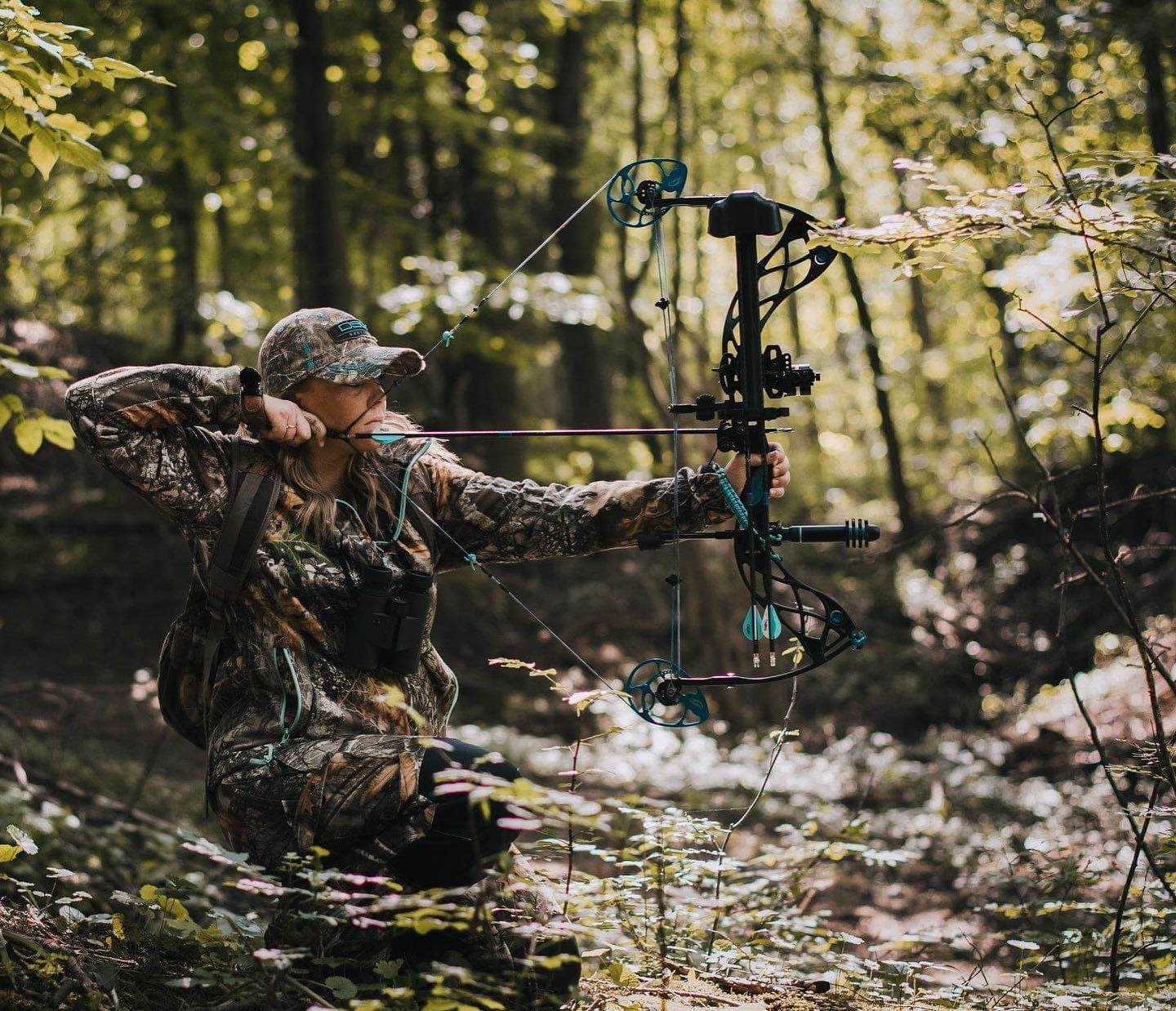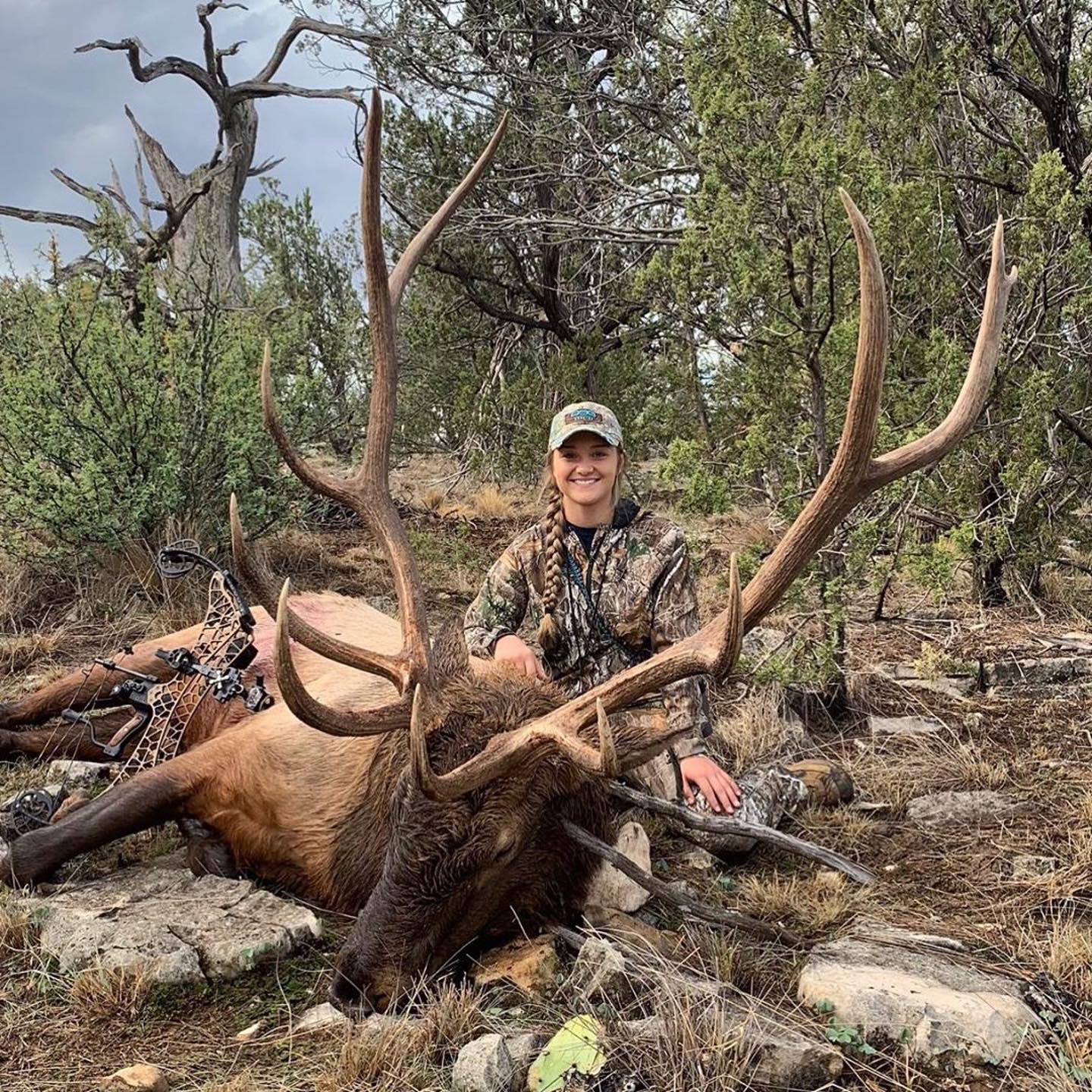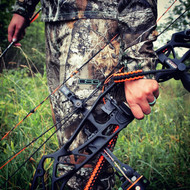Bow Hunting: Broadheads 101
Posted by Samantha Simma on Sep 29th 2019
In most hunting areas, archery season is (or is about to be) underway. When it comes to bow versus gun hunting, most hunters have a preference, but some do both to keep their hunting season long and varied. With gun hunting, the weapon has greater power and range. Meanwhile, it could be said that bow hunting requires a great deal of skill and patience—because the gun’s advantages are the bow’s disadvantages. Regardless, we are not here to align with one over the other. But let’s focus on our early season bow hunting tips for the time being…

For the unfamiliar, a broadhead is the sharp end of the arrow used in bow hunting. More specifically, a broadhead has a point with two or more blades, with the ability to yield a lethal blow to an animal. Broadheads are categorized into two main groups: fixed-blade and mechanical (with some additional options for smaller game). Like type of weapon, the choice largely comes down to preference.
Common debate is based on accuracy and penetration. Fixed blade broadheads are believed to be higher in reliability and penetration. However, mechanical broadheads are generally more accurate. Beyond that, the difference is as follows:
Fixed-Blade Broadheads
Like the name indicated, the blades of these broadheads do not move. They come in multiple blade configurations, which include two-, three-, or four-blade points. When it comes to prey, these broadheads are versatile, with the ability to harvest a range of prey. This category can be further divided into two types: chisel point or cut-on-impact. Chisel point broadheads are reusable, more durable and have minimal deflection. Cut-on-impact broadheads start to slice on impact, so they don’t slow on penetration, and achieve deeper penetration.

Mechanical Broadheads
The blades on a mechanical broadhead open on impact. The flight of the arrow is streamlined by the folded blades. On impact, they have a wider cutting surface, which results in larger wounds that leave better blood trails. However, these broadheads require greater energy behind them, so they would need to be shot with a higher poundage bow (more than 50 pounds of draw weight).
Choosing a Broadhead
Like most hunting questions, the choice of broadhead is largely situational. On a basic level, know your target. Heavier animals with a broader chest cavity are better suited for fixed blades. After all, these blades need to drive further into the animal to pierce the vitals. Hunting targets with smaller chests, like deer or antelope, a mechanical broadhead would be preferred, to create a larger wound channel.
Other factors to consider would require knowing the poundage of your bow, the anticipated shooting distance and arrow weight. Much of bow hunting comes down to pyschics (kinetic energy specifically). Choosing a broadhead is just as important as finding a successful arrow and broadhead combination. But that’s a later topic!

Happy hunting! Good luck out there and stay safe. Tag @dsghunting in your trophy posts.

